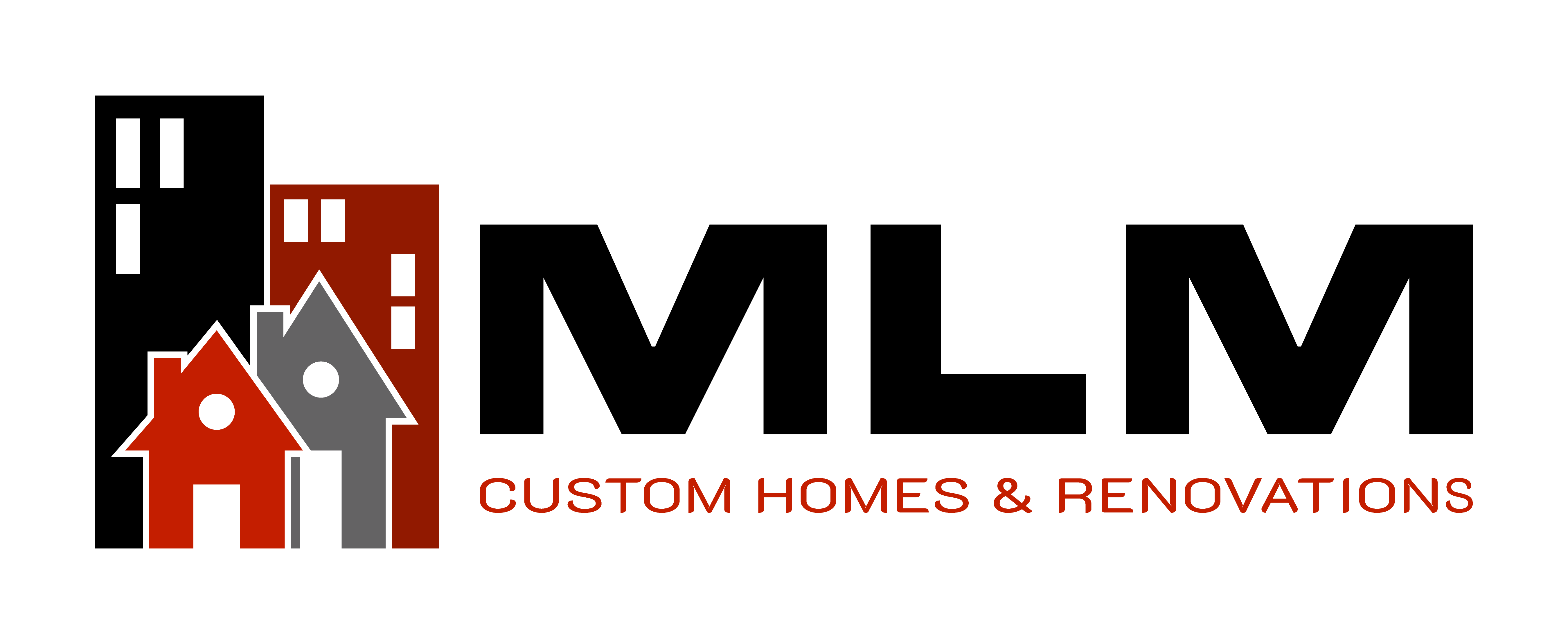Location, location, location: The old saying remains true for businesses of all kinds, but potentially more important is how well a commercial space is designed and arranged. Even stores that are off-the-beaten-path can keep customers pouring in if they get the look and feel just right. Whatever a business is selling, and no matter what its square footage is, there are simple ways to create appealing, functional retail store designs with just a little strategizing.
Layout is Key
 No one likes to be confined and confused, but if a retail store suffers from a poor layout, that’s exactly how customers will feel—right before they head for the door. Luckily, there are ways around this, even for the smallest of spaces.
No one likes to be confined and confused, but if a retail store suffers from a poor layout, that’s exactly how customers will feel—right before they head for the door. Luckily, there are ways around this, even for the smallest of spaces.
Make use of vertical space by arranging merchandise at various levels. This frees up the areas where customers move about, and it draws the eye up instead of down. Store design can also be opened up by using less bulky furniture and by choosing furniture with neutral colors. This takes the focus off of the store itself, allowing customers to really notice the items for sale. Laying out a retail space can also be as simple as smart product placement. Decide on a logical order for where certain items go, and get creative with how they are arranged and displayed.
Lighting
Nothing opens and brightens up a place like smart lighting. Experiment with different kinds of lighting to give each section of the store its proper emphasis. Track lights, sconces, stylish lamps, and picture lights can all be used to great effect. Also, don’t forget to let the natural light shine. Open up exterior windows or even install interior windows on dividing walls to really open up a space.
Customer Appreciation
How customers connect with a store depends on how well it appeals to their tastes. Knowing the customer base and tailoring the store’s ambiance to it creates a cozy, inviting atmosphere. There’s no need to undergo major retail renovations to do this—simply paying attention to customer personalities and styles goes a long way in improving store design.
